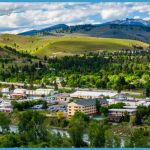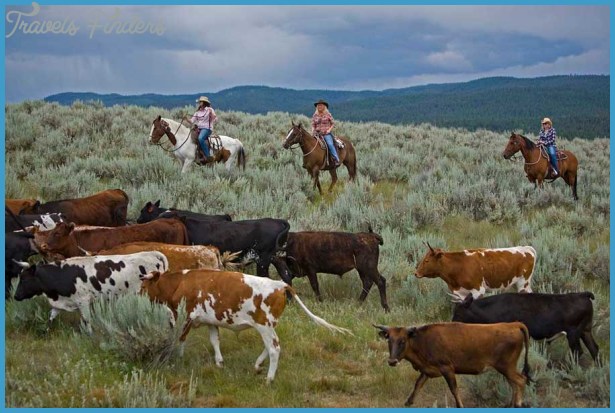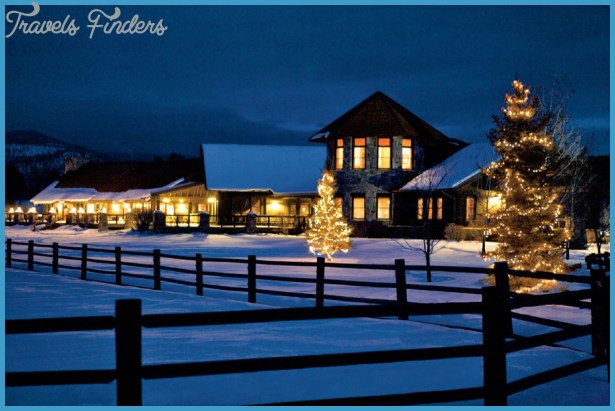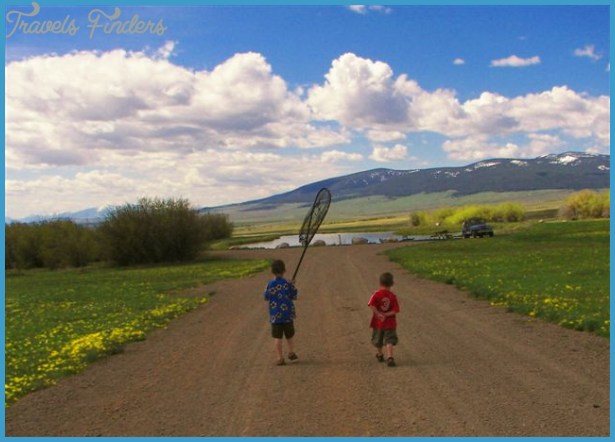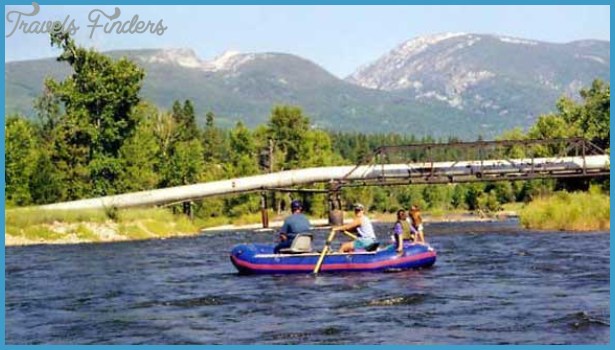Although Great Western went to great lengths to secure the loyalty of their workers, several economic and political forces worked against a stable labor pool. The end of the Mexican Revolution (which caused some families to return to Mexico), the new immigration acts of 1924, the Great Depression of the 1930s (to reduce costs, Great Western began to hire local Germans instead of Mexicans), and the beginning of World War II (with many Mexicans enlisted) changed the landscape for Mexican sugar beet workers. The Mexican population dropped dramatically: from 40,000 laborers entering Laredo, Texas (the main port of entry for Mexican migrants), in 1924, to not more than 7,000 in 1925. As companies like Great Western struggled, the United States and Mexico agreed on a guest worker program known as the Bracero program (1942-1964). The program granted Mexican laborers temporary visas to work in large companies such as Great Western and Anaconda. In addition, farmers could now directly import Mexican labor, and they were not responsible for the welfare or housing of their workers. In 1985 Great Western went bankrupt, but in that same year it reorganized as the Western Sugar Company, which still has property and sugar beet production in Montana. In fact, every spring roughly 6,000 migrant laborers come to the Yellowstone valley to handpick sugar beets.
World War II changed the focus of returning Mexican American soldiers. Because they served their country, they felt they deserved better economic opportunities than agricultural work could offer. Mexican Americans began to seek year-round jobs as ironworkers, meat packers, cab drivers, and laundry workers, among others. At the same time, first-generation betabeleros were teaching their children that in order to move into a more stable economic labor pool, they needed an education. Study so you learn so you’re not ignorant like we are, was a common phrase parents repeated to their children.4
A second motivating force for Latinos to further integrate themselves as U.S. citizens was the civil rights movement. Yellowstone Latinos responded to the call for equal rights, greater respect, and better economic opportunities for Latinos across the country. For example, in Billings the younger generation adopted the call of la raza a determination to struggle for Latino rights and fought for better schooling opportunities, a Chicano school counselor, and increased employment opportunities. Several grassroots organizations formed during this time for example, the Concilio Mexicano, the Mexican American Community Organization (MACO), and the Latino Club. All of these organizations sought to preserve Mexican traditions, end discrimination, and respond to any Latino community crisis. In the 1960s and 1970s, second- and third-generation Mexican Americans were integrated into the workforce, holding jobs with the police force, the government, and the electric company, among others. They also chartered associations and political organizations such as the Concilio Mexicano, which fought for education and better jobs, and the Mexican American Community Organization (MACO), which aided Latinos in crisis.
Because the betabeleros faced discrimination and prejudice, the Latino community was relatively isolated. Many first-generation sugar beet workers remember that they were barred from entering the public swimming pools, theaters, and certain stores and restaurants.
Montana Vacations Photo Gallery





